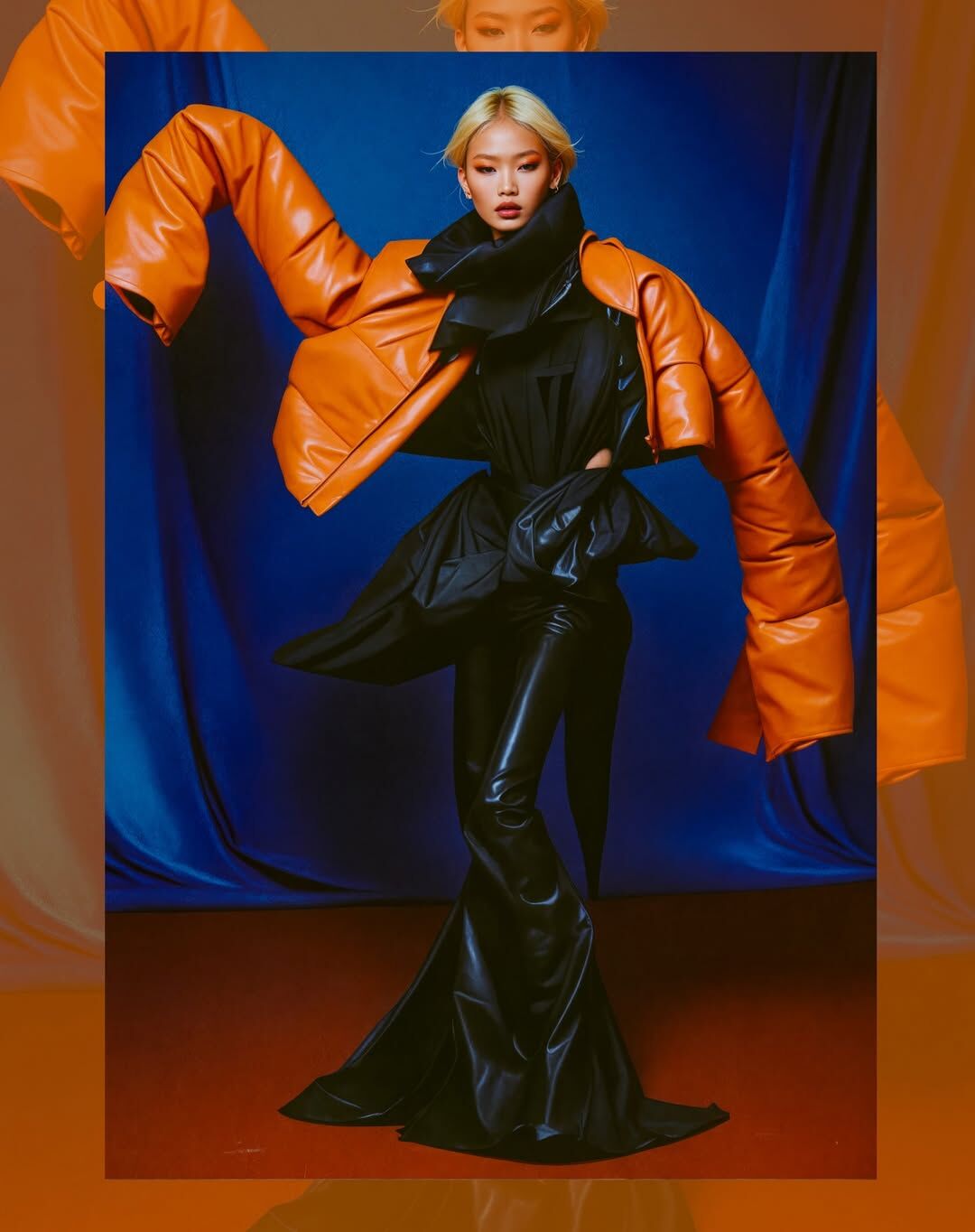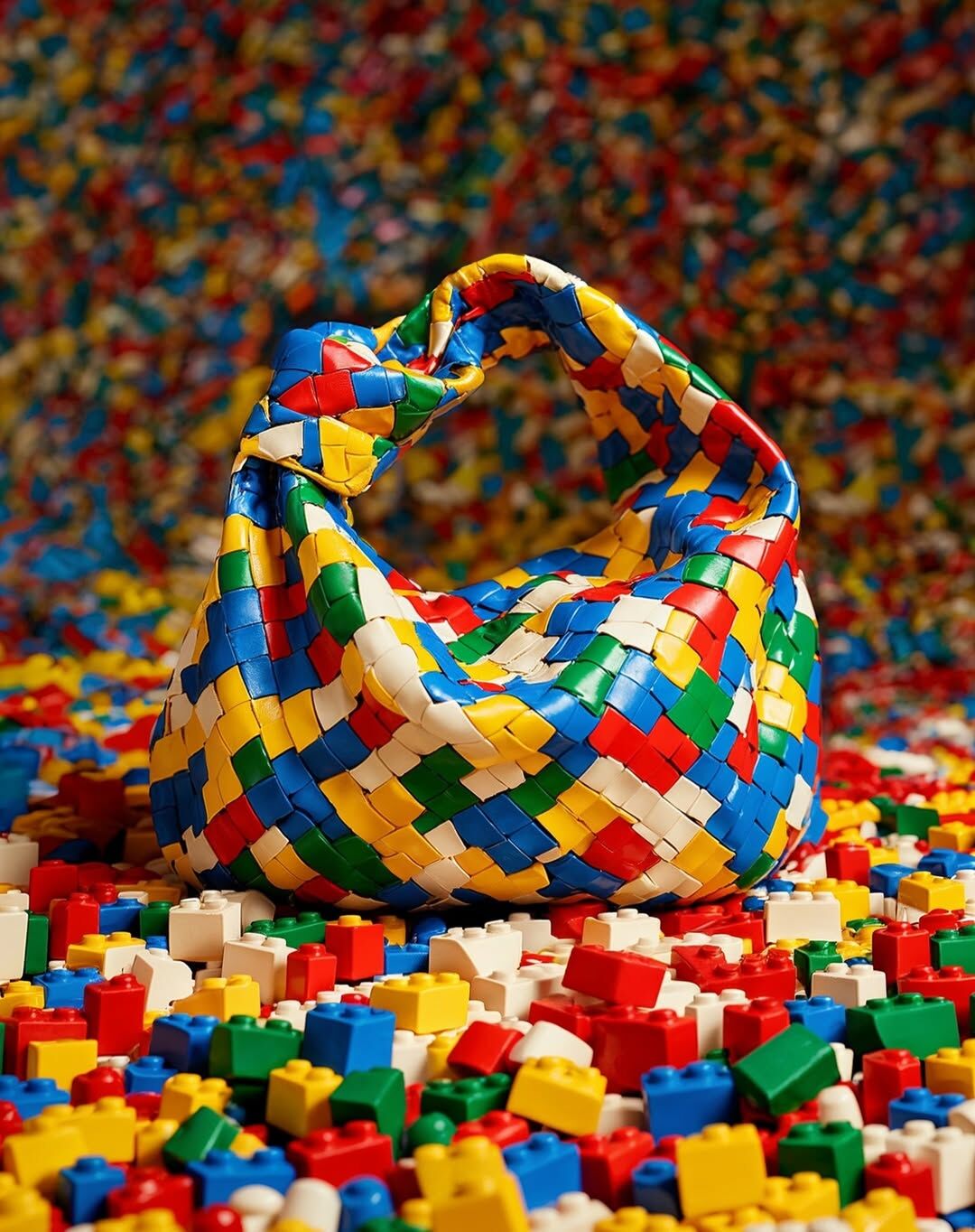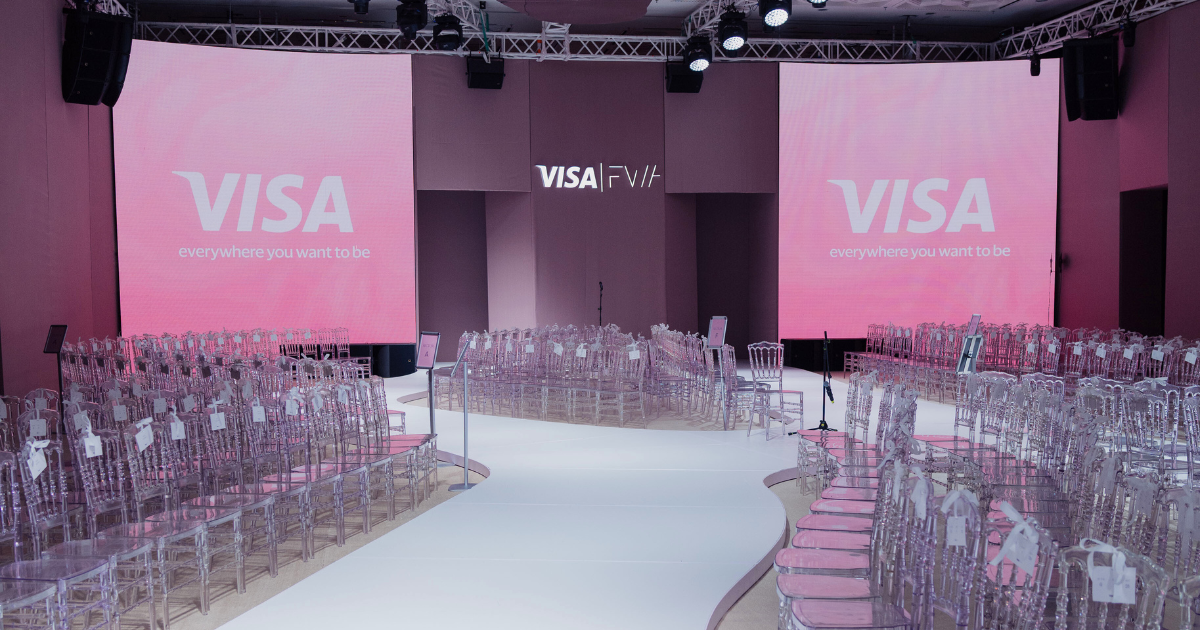Fashion x Artificial Intelligence
How artificial intelligence is transforming the fashion industry

The fashion industry is undergoing a revolution. If once the most important driving forces were human talent, genius, and creativity, today, artificial intelligence is increasingly integrated into its processes. No longer just a tool, AI has become a full-fledged partner in both creativity and business.
The main mission of designers has always been to bring to life the ideas born in their minds. This is where 3D modeling technologies and AI step in, helping save both time and resources. One of the most powerful tools used by global fashion giants like Hugo Boss, Zara, Mango, Bershka, and Pull&Bear is CLO 3D. With virtual prototyping, designers can visualize future garments, test fabrics and threads, and immediately spot and correct flaws. This not only streamlines the process but also dramatically reduces waste – an important step toward sustainable fashion. The technology is also widely applied in sportswear, used by brands such as Nike, Adidas, Lululemon, and Puma.
Beyond 3D modeling, AI assists in creating unique prints and selecting color palettes: for example, the brand Kanzler actively uses neural networks to design products and entire collections, generating original graphic prints for T-shirts.
More recently, AI-generated models themselves have started appearing in advertising campaigns, even in the glossy pages of print fashion magazines. This trend has sparked heated debate and public criticism. The main concern lies in the fact that these synthetic images often reflect unattainable beauty standards, and the “perfect” visual image – flawless features, slim bodies, porcelain skin, and light hair – which stand in direct opposition to the fashion world’s growing commitment to diversity.
On the one hand, it’s an exciting new chapter in technology and creativity. On the other hand, it raises questions about the impact of AI on body perception, mental health among younger audiences, and the potential erosion of the body positivity movement. After all, society has only recently begun embracing the idea that a human body doesn’t need to be “perfect” to be beautiful and valued in fashion.
Yet some brands are seeking more inclusive approaches while still embracing AI. Levi’s, for example, announced a collaboration with the digital startup Lalaland.ai to integrate AI-generated models with diverse body types, skin tones, ages, and shapes on its website, making online shopping more varied and realistic.

photo: Instagram / maison.meta
While artificial intelligence can indeed optimize and simplify many aspects of production, how justified and fair is it to replace real models with virtual figures? Perhaps the most reasonable approach in this situation is to implement technology in moderation, maintaining a balance so as not to “kill” the industry altogether. Despite the rapid development of AI and its capabilities, the fashion world is still incomplete without human intellect, taste, vision, experience, and talent.

photо: Instagram / maison.meta
The industry becomes its strongest and most successful when work is done in tandem: artificial intelligence speeds up processes, helps reduce waste, and assists in material selection, acting as a powerful assistant, while humans bring creative thinking, soul, and the ability to manage technology. And although this may seem simple at first glance, in reality, it is painstaking work that requires a deep understanding of the industry and careful attention to every detail.


